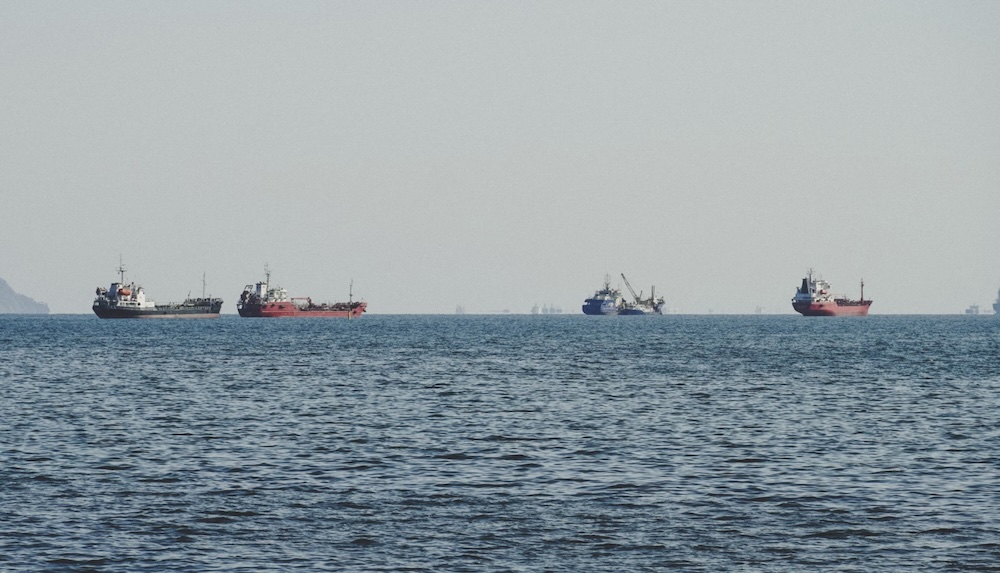According to ship tracking data, at least 65 oil tankers have anchored at various locations, including the coasts of China and Russia, since the U.S. announced a new sanctions package on January 10.
Based on ship tracking data from MarineTraffic and LSEG, at least 65 oil tankers have anchored at numerous points since the U.S. announced its latest sanctions. Five of these tankers are in Chinese ports, seven are off the coast of Singapore, while the others have anchored near Russia in the Baltic Sea and the Far East.
On Friday, the U.S. Treasury imposed sanctions on 183 ships carrying Russian oil, along with Russian oil producers Gazprom Neft and Surgutneftegaz, targeting revenues Moscow uses to fund its war with Ukraine.
The halt in trade for these tankers further increases pressure on ships already affected by previous U.S. sanctions.
Some ports took action before these latest measures, creating additional tension. Traders noted last week that the Shandong Port Group banned sanctioned tankers from visiting their ports.
Analysts estimate that about 10% of the global oil tanker fleet is subject to U.S. sanctions.
In a note, Jefferies analyst Omar Nokta stated, “The impact of these sanctions will be supportive of the tanker market as ship supply in the broader fleet tightens, but the real potential strength will emerge when other exporters compensate for the lost volume.”
According to market estimates, the average daily earnings of supertankers rose by over 10% from the previous day, reaching around $26,000 on Monday.
Some charterers attempted to secure ships on Friday after the sanctions were announced, signaling a tightening of ship supply.
The trade analysis platform Kpler also commented, “Increasing export demand from outside Russia to India and China will boost demand for non-sanctioned tankers.”
Chinese Supplier Wison is sanctioned for Illicit Delivery of a Power Plant to Arctic LNG2







